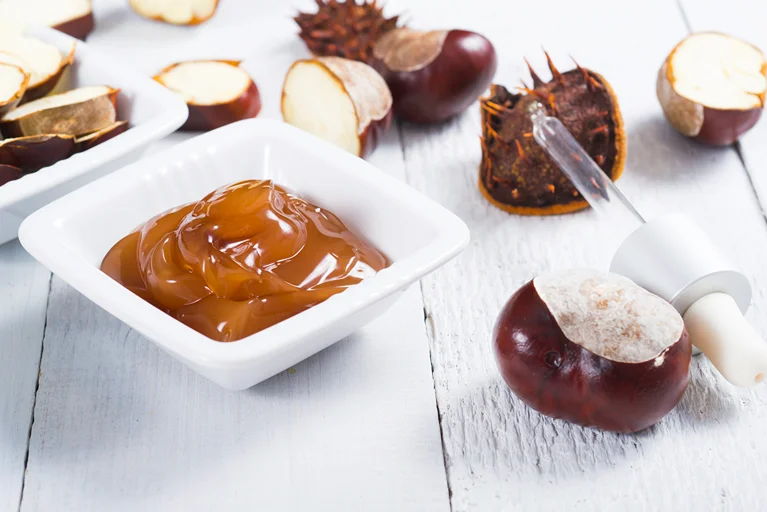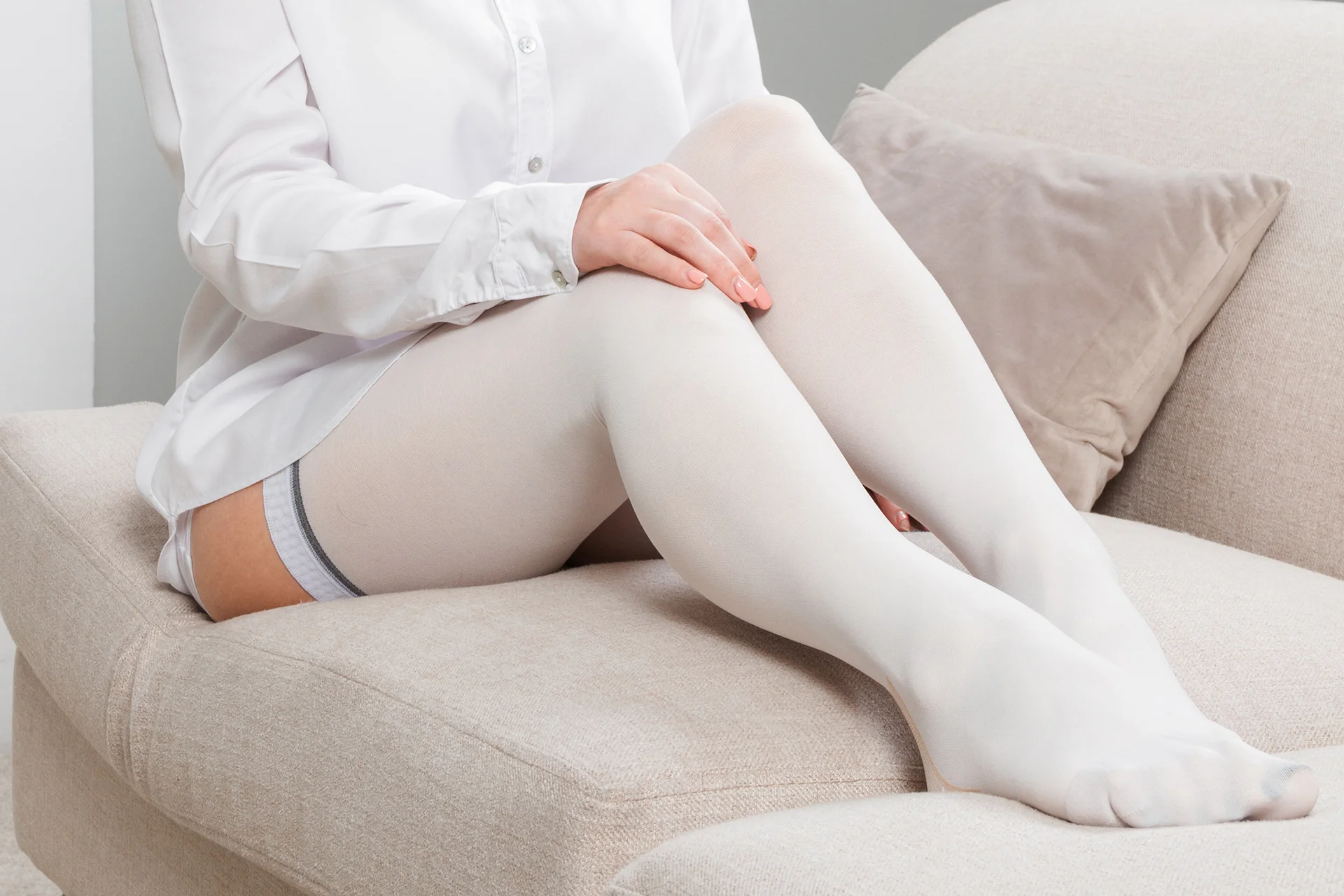Chronic vein insufficiency is an ailment that can put a patient through a tremendous amount of pain and suffering. When left untreated, it can lead to several undesirable consequences such as deep venous thrombosis, hemorrhage from varicose veins, leg ulcers, and the like. The discomfort can have an adverse effect on the overall health of the patient.
So are there any self-treatment options for chronic vein insufficiency that you can administer from the comfort of your home? Yes, in case of mild symptoms, with close monitoring of the symptoms and progression of chronic venous insufficiency, most people make a full recovery.
Symptoms and Progression of Chronic Vein Insufficiency
Chronic vein insufficiency has several identifiable symptoms that can be observed by the patients themselves. This venous disease occurs because of a presence of a blood clot that results in venous obstruction.
This impairs the venous valves responsible for regulating the blood flow from your lower limbs to your heart. The restriction to blood flow can manifest itself with distinctive symptoms that become worse the longer it’s left untreated.
Symptoms of Chronic Vein Insufficiency
- Leg heaviness and difficulty in movement while performing daily activities
- Leg pain that inhibits sleep and overall health
- Leg itchiness and irritation
- Leg restlessness with a leather-like skin
- Leg tiredness and a propensity to feel fatigued
- Even minor wounds on the leg, ankle or lower extremity take a long time to heal
- Infections of the lower leg’s skin which is known as cellulitis
- Discoloration and loss in pigmentation of the skin of the legs
- Legs, groin, or genitalia affected by spider veins and/or varicose veins
Progression of Chronic Vein Insufficiency
There are two primary severe stages of chronic vein Insufficiency – varicose veins and venous ulceration.
Varicose veins are a symptom that stems from venous stasis and blood pooling. It happens when the veins’ tiny valves grow weak and fatigued. Due to this fatigue, these valves may break and this is when blood begins to pool in the veins.
Venous reflux is also a common symptom of chronic vein insufficiency. Varicose veins get twisted, enlarged, and are distinguished by their blueish-black color. Due to venous hypertension, these blood vessels, capillaries, and veins can burst due to vein pressure.
The international standard, known as the Clinical-Etiology-Anatomy-Pathophysiology (CEAP) classification system clearly demarcates and defines 7 stages of Chronic venous insufficiency from C0 to C6.
| Stage of Progression of CVI | Associated Symptoms |
| Stage C0 | Muscle fatigue, tiredness, and minor symptoms may appear but has no major or unique signs of CVI |
| Stage C1 | This stage presents signs of spider veins along with intense pain and swelling in the leg. |
| Stage C2 | Dilated leg veins are the most common symptom of this stage. This stage also marks the inception of varicose veins. |
| Stage C3 | This stage presents itself with intense edema, skin changes, swelling of lower limbs, and bloating of the leg due to the seepage of fluid from the vein into the surrounding tissue. |
| Stage C4 | There is extensive discoloration and loss of pigmentation of the lower extremity. Inflammation, Irritation, and an acute spread of red rashes are present. |
| Stage C5 | Leg ulcers that heal themselves appear. |
| Stage C6 | Active and infected vein ulcers appear on the legs. This is the most advanced stage of CVI. |
Self Treatment Options for Chronic Vein Insufficiency

The following are viable self-treatment options that can be practiced at home to subdue the effects of chronic vein insufficiency and prevent its progression into advanced stages:
1) Plant Extract Medication
Several novel research studies have been made to find viable and natural treatment strategies for this venous disease. One particular treatment that has shown great promise is the use of the extract from plants such as the horse chestnut and sea pine plant. The chemical composition of the extract provides soothing relief to the infected area while also reducing the severity of pain, itching, swelling, and edema.
2) Changes to Diet
By reducing the amount of sodium in your food and increasing the amount of potassium, you can drastically reduce the amount of water retained in the cells around the veins which in turn reduces the symptoms of CVI. It’s important to consume a healthy diet as obesity has been strongly associated with venous diseases such as CVI.
3) Skin Hygiene Routine
Maintaining excellent skin hygiene is a critically important self-care routine in the treatment of CVI. Keep your skin hydrated to prevent flaking and cracking. If the skin is irritated but not ruptured or leaking fluid, then try using a protective zinc oxide lotion, anti-itch cream with hydrocortisone, or an antifungal cream to prevent fungal infections. It’s also imperative to towel-dry your skin gently and thoroughly after each bath.
4) Exercise and Physical Therapy
Regular exercise improves blood circulation in the legs, which aids in the movement of blood that has accumulated in the veins. Exercise can also help to lower blood pressure, which is another element that contributes to varicose veins. Low-impact workouts help to work the calf muscles without putting them under too much stress.
Healthy blood flow can help you avoid problems like venous ulcers. For patients with persistent venous insufficiency, simple physical therapy routines such as walking, swimming, and stretching can be especially beneficial.
5) Wear Loose Clothing
Wearing clothing that is too tight can limit blood flow. Wearing loose-fitting garments that don’t limit blood flow to the lower body may promote circulation. Varicose veins in the legs may also be helped by wearing flat shoes rather than high heels.
6) Elevated Positioning of The Legs
Keeping the legs raised, ideally at or above the level of the heart, can aid enhance circulation. This relieves pressure in the leg veins, allowing blood to flow more freely back to the heart. If a person is going to be sitting for long periods of time, such as during work or rest, they should try to keep their legs up.
7) Compression Therapy
By wearing compression stockings, you can apply the right amount of pressure around the affected veins that will force the blood to circulate in the right direction (i.e to the heart from the legs). Compression therapy using a wet towel has also shown positive results in dealing with the symptoms of CVI.
Comparison of Self Treatment and Medical Intervention for CVI
| When to Go for Self Treatment | When to Go for Medical Intervention |
| For acute and mild stages, this treatment is preferable | For severe stages of CVI, one must consult a medical professional for treatment. |
| If the symptoms have only started to appear and you haven’t experienced too much discomfort yet | If symptoms have lasted well over 2 weeks, and the condition is impairing your ability to perform daily activities. |
| If you are young, able, and not fatigued easily | If you have a hereditary or medical history of chronic venous insufficiency |
| If you had a minor injury recently, and have cause to believe it will get healed by itself. | If there are severe complications such as chronic DVT, sleep apnea, pulmonary embolism, etc. |
Safe and Reliable Treatment Options Provided by Vein Center Doctor
While self-treatment options can help control the symptoms and prevent the chronic venous insufficiency from advancing in severity, it can only take you so far. If your condition isn’t responding to home remedies then perhaps it’s time to consult a specialist for their expert opinion.
Vein Center Doctor helps patients with swollen veins, fractured blood vessels, impaired blood flow, severe varicose veins, and chronic venous insufficiency as a team of experts in all vein-related illnesses. We’re a vein clinic with all the experience needed to aid with any vein disease or condition you may have.
Contact us today for more information about our services, such as laser varicose vein treatment or medical advice on how to cope with chronic vein insufficiency.

